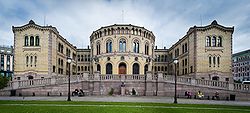
The Storting is the supreme legislature of Norway, established in 1814 by the Constitution of Norway. It is located in Oslo. The unicameral parliament has 169 members and is elected every four years based on party-list proportional representation in nineteen multi-seat constituencies. A member of Stortinget is known in Norwegian as a stortingsrepresentant, literally "Storting representative".
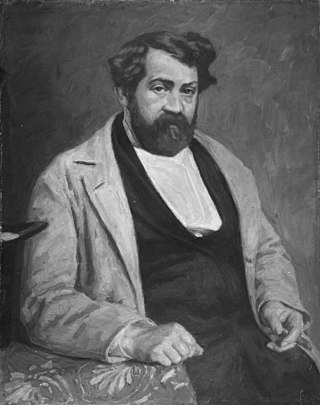
Johan Henrik Nebelong was a Danish architect. He worked in Norway from 1840 to 1853 and was best known for interior design work on Oscarshall (1847–1852). Nebelong also taught at the Royal Academy of Arts in Copenhagen.

Oslo Cathedral — formerly Our Savior's Church — is the main church for the Church of Norway Diocese of Oslo, as well as the parish church for downtown Oslo. The present building dates from 1694 to 1697.
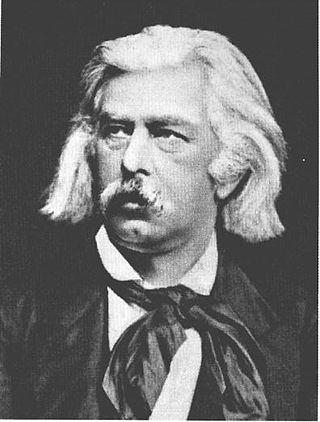
Heinrich Ernst Schirmer was a German-born architect most noted for his work in Norway. Schirmer worked in Norway from 1838 to 1883 and left his mark on a number of public buildings. He contributed significantly to the introduction of the so-called Swiss architectural style in Norway, based partly on Italian villa style, Gothic Revival, and neoclassicism.
The year 1866 in architecture involved some significant events.

Carl Christian Berner was a Norwegian politician for the Liberal Party. He was member of the Council of State Division in Stockholm 1891–92, and Norwegian Minister of Education and Church Affairs 1892–93.

Jens Thiis was a Norwegian art historian, conservator and a prominent museum director. He was conservator at the Nordenfjeld Industrial Arts Museum in Trondheim beginning in 1895 and director of the National Gallery in Oslo from 1908 to 1941.
Hans Johan Røsjorde is a Norwegian politician for the Progress Party. A former member of parliament specializing in defense matters, Røsjorde has resigned from active politics and served as County Governor of Oslo and Akershus from 2001 to 2011.
Events in the year 1965 in Norway.

Albert Waldemar Hansteen was a Norwegian architect.
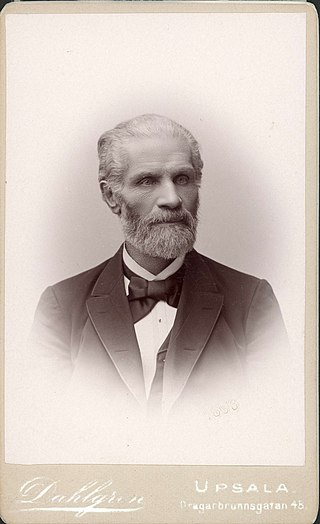
Emil Victor Langlet was a Swedish architect. He is most commonly associated with his design for the Norwegian Parliament Building in Oslo, Norway.
In Norway, impeachment, also known as the Court of Impeachment, is a judicial process with the power to convict Members of Parliament, Members of the Council of State, and Supreme Court Justices for criminal acts performed in line of duty. Impeachment is based on the Constitution of Norway §§ 86 and 87. Parliament authorizes the impeachment process, which establishes a tribunal consisting of five members of the Supreme Court and six lay members appointed by the Parliament of Norway. Impeachment has been used eight times, the last case being held in 1927.

Torild Skard is a Norwegian psychologist, politician for the Socialist Left Party, a former Deputy Permanent Secretary at the Ministry of Foreign Affairs and a former Chairman of UNICEF.
Events in the year 1992 in Norway.

Wessels plass is a square in Oslo, Norway, located south of the Parliament of Norway Building.

Ernst Torp was a Norwegian architect.

Jacob Wilhelm Nordan was a Danish-born, Norwegian architect. During his career, he was one of the most prolific church architects in Norway.
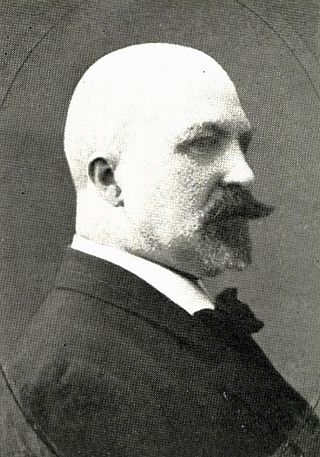
Henry Bertram Bucher was a Norwegian architect.
Thøger Binneballe was a Danish architect and master builder active in Norway.
